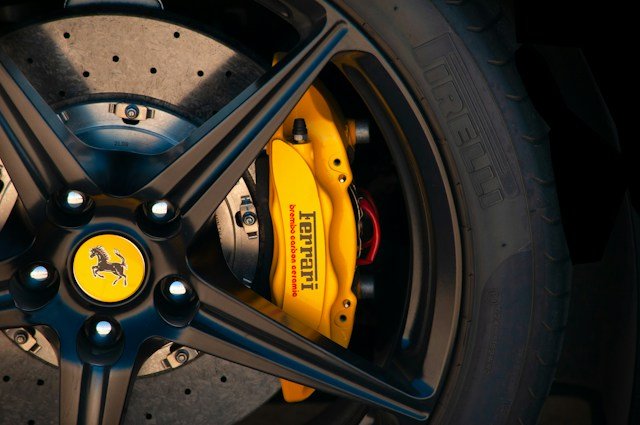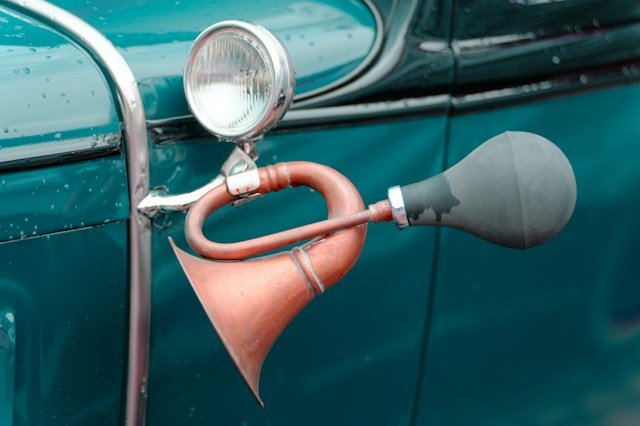
What is Brake Fade?
- gadget
- January 22, 2024
- No Comment
Your car’s braking system is one of the most critical components that can make a difference in your safety. It helps you to avoid collisions with other motorists and prevent injuries and damages that might occur while you’re on the wheel. On a daily basis, motorists navigate through highways successfully when going to and from work. However, there are times when the braking system might seem to fail leading to mild or extremely disheartening disasters. This condition is usually referred to as a brake fade. But what is brake fade and what exactly causes it? Well, please read on as this guide will navigate deep into this topic to uncover the mystery behind brake fades and how you can potentially reduce them.
Contents
What Causes Brake Fade Anyway?
Your car’s brake system functions through the coordination of many components. It’s also made up of multiple components such as the calipers, pads, rotors, and the pistons. When you’re driving and suddenly hit the brakes, the brake pedals activate the calipers. Which in return signal the pistons to press the brake pads against the rotating rotors. This fast action causes friction which is responsible for the braking action.
Types of Brake Fade
Green Fade
Green fade is very common to most motorists and it usually occurs when new brake pads and disc rotors are installed. When a new braking system is installed, it usually takes some time for the components to get aligned. During this time (commonly known as the “bedding-in period”). Your mechanic will certainly advise you to be really careful as you drive as the braking system might be a bit unresponsive. During the bedding-in period, drivers are advised to take a tour around the city up to 500 miles. However, there is a way you can reduce this bedding period by applying brakes. While driving on a safe stretch of road.
Dynamic Fade
Dynamic fade was highly prevalent in the early days as most vehicles were fitted with drum brakes. Cooling the drum brakes was quite slow meaning these vehicles would generate a lot of heat. Which superheated the brake shoes causing the surface of the disc rotors to vaporize leading to temporary or complete loss of braking power. Today, major advances have been made as most modern discs brakes are vented to create a better cooling mechanism to improve their performance. So, to prevent dynamic fade, drivers should be very careful when selecting the quality, model or make of the brake pads they wish to install.
Brake Fluid Fade
Another type of brake fade that’s very common among most vehicles is brake fluid fade. This usually occurs when brake fluid overheats leading to reduced effectiveness of the braking system. You see, brake fluid is contained inside the brake callipers. So, as the brake callipers heat up due to friction, the brake fluid too heats/boils up to form bubbles within the brake cylinders. As air increases, the total amount of fluid is reduced leading to reduced braking power. Remember, the air is less resistant hence more compressible than fluid. Therefore, instead of the pistons pushing fluid, they will instead push air through the brake callipers leading to reduced braking power. So, to prevent brake fluid fade, car manufacturers often recommend drivers to change their brake fluids. Periodically after a period of about 2-years. Through this, your brake fluid will not be susceptible to debris, dirt, and water absorption.


